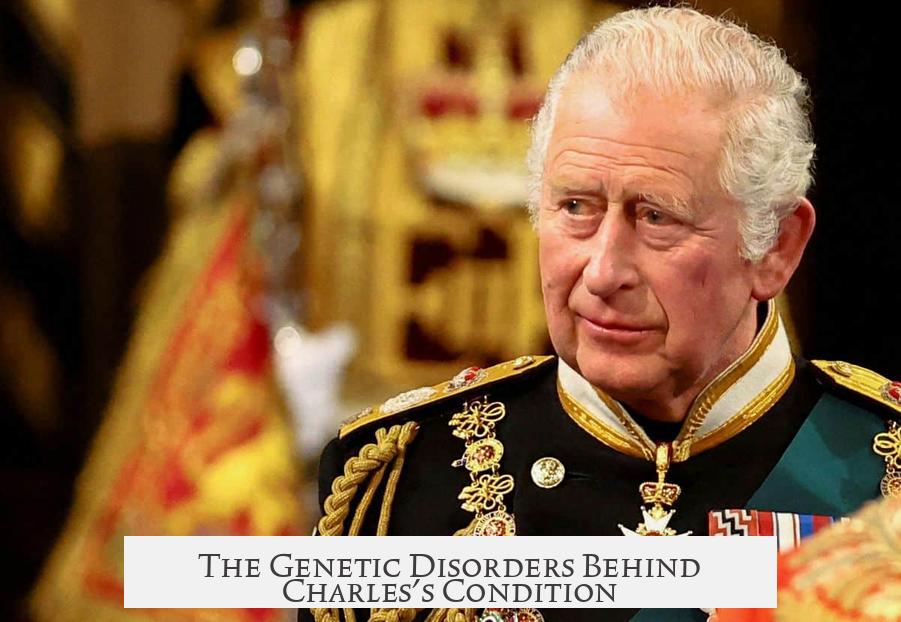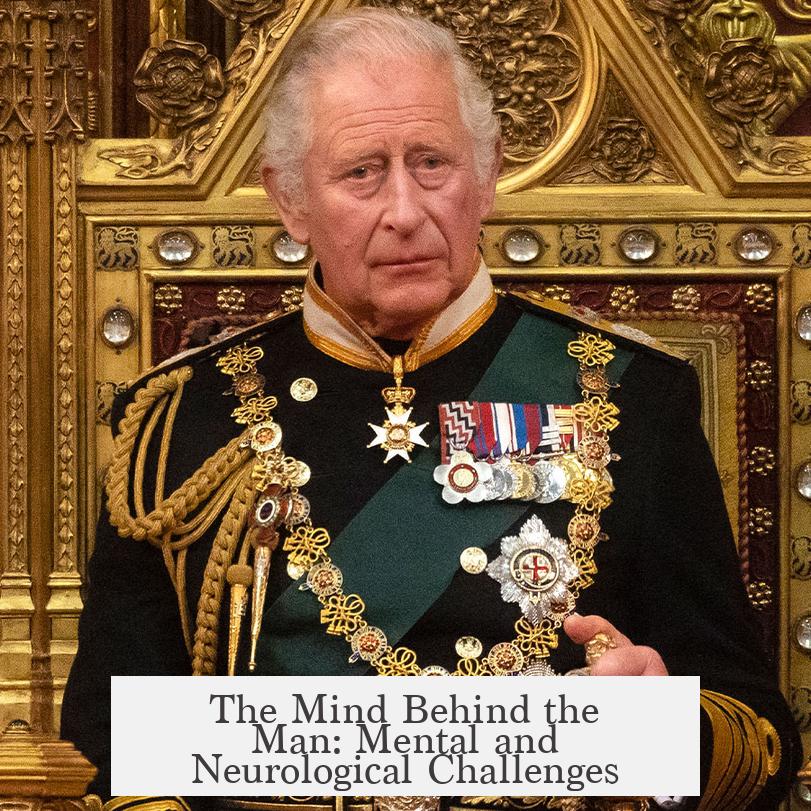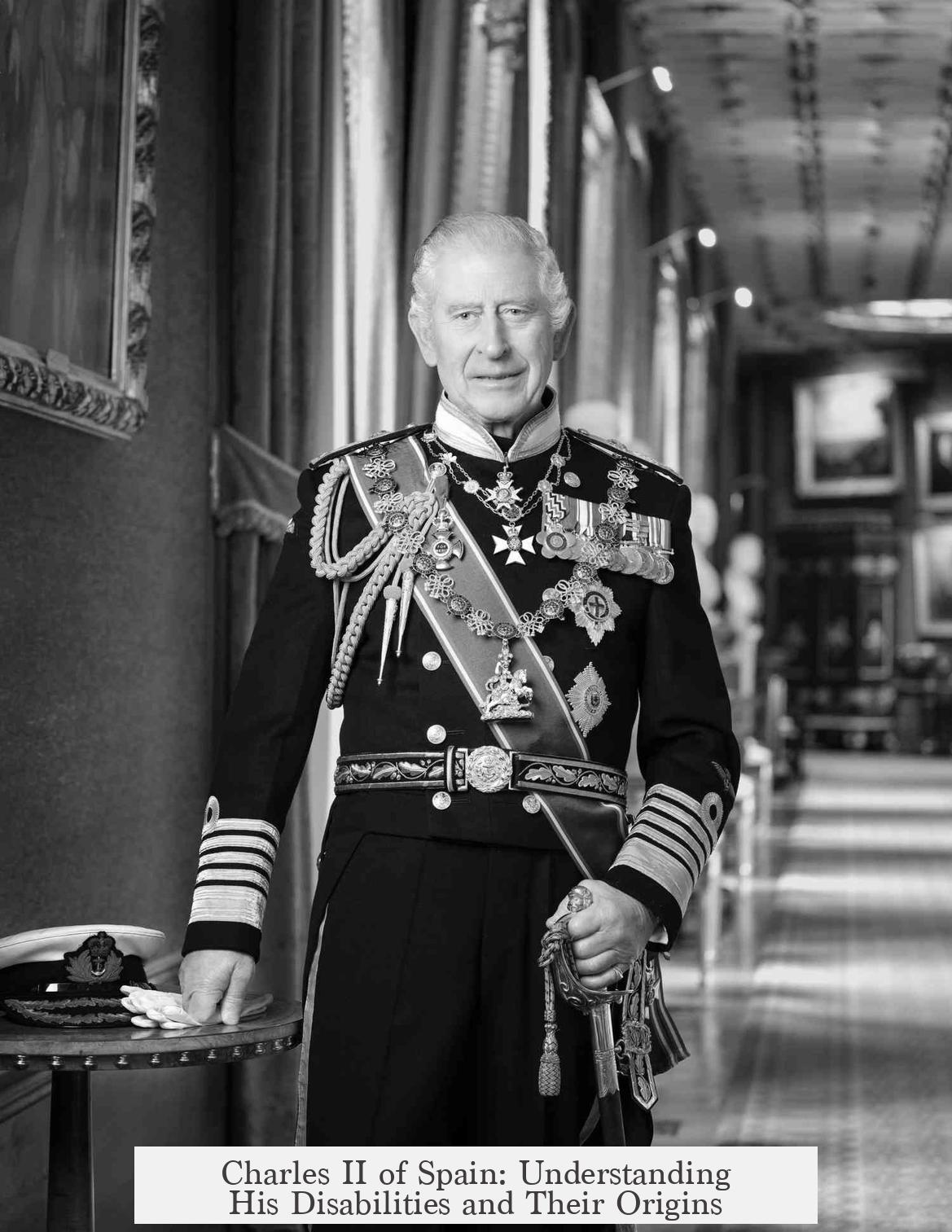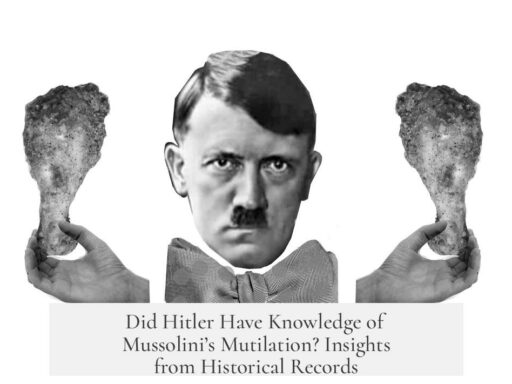Charles II of Spain suffered from severe physical, mental, and developmental disabilities caused primarily by extensive inbreeding in the Spanish Habsburg lineage over 250 years. His condition resulted from a genetic bottleneck, which magnified inherited disorders. This section details the nature of his disabilities and their origins, along with the consequences for his reign and legacy.
The root cause of Charles II’s ailments lies in the extreme consanguinity within the Spanish Habsburg family. Starting around 1550, the family stopped introducing new genes into the lineage. Most of Charles’s ancestors descended repeatedly from Joanna “The Mad” of Castille and Philip I of Castile. His family tree was highly circular, showing multiple instances of uncle-niece and cousin marriage. This genetic isolation dramatically raised the chance of inherited defects.
Modern scientific studies identify two main genetic disorders likely affecting Charles II:
- Combined pituitary hormone deficiency: This hormonal condition could explain multiple symptoms across development, physical appearance, and function.
- Distal renal tubular acidosis: A kidney disorder that causes acid accumulation due to insufficient acidification in urine.
These disorders contribute to his physical, mental, and reproductive problems, including his infertility.
Physically, Charles II showed marked and severe abnormalities. He had a pronounced “Habsburg jaw” (mandibular prognathism), where the lower jaw protruded over the upper jaw. This deformity severely impaired his ability to chew and speak. His tongue was abnormally large, further obstructing speech and function. Some reports suggest that he may have suffered from acromegaly, a hormonal disorder causing swelling and deformation, especially in the face and hands.
He also experienced chronic health issues such as frequent diarrhea and vomiting. The kidney condition caused harmful acid buildup in his body. His developmental milestones were delayed; he did not learn to speak until about age 4 and walk possibly as late as 8. His upbringing reflected neglect; he rarely attended school and hygiene expectations were minimal.
Mentally, Charles II displayed significant neurological impairments. He had cognitive disabilities and, later in life, experienced paranoia, hallucinations, and nervous breakdowns. His deficits gave him nicknames such as “Charles the Hexed” or “Charles the Bewitched,” highlighting contemporary perceptions of his mysterious conditions.
The consequences of his disabilities profoundly shaped Spanish history. Due to his impotence, he died childless, ending the direct Spanish Habsburg line. His death triggered the War of Spanish Succession, a major European conflict over his successor. The genetic legacy of the Habsburg dynasty ended with him.
Historians and medical researchers alike view Charles II’s life as a tragic testament to the dangers of royal inbreeding. His portraits reveal progressively worsening mandibular protrusion through successive Habsburg generations — from Philip II, through Philip IV, culminating in Charles II’s severe deformities. This physical marker embodies the genetic isolation of his lineage.
| Aspect | Details |
|---|---|
| Genetic Cause | Over 250 years of inbreeding in Spanish Habsburgs, descendants repeatedly from Joanna ‘The Mad’ and Philip I of Castile |
| Medical Conditions | Combined pituitary hormone deficiency, distal renal tubular acidosis (kidney dysfunction) |
| Physical Disabilities | Habsburg jaw, enlarged tongue, possible acromegaly, difficulty speaking/chewing, chronic diarrhea and vomiting |
| Developmental Delays | Late speech and walking, neglect in upbringing |
| Mental Health | Intellectual disabilities, paranoia, hallucinations, nervous breakdowns |
| Reproductive Capacity | Infertility, impotence, end of Habsburg line |
| Historical Impact | Death without heir triggered War of Spanish Succession |
Key takeaways:
- Charles II’s disabilities resulted mainly from the extreme inbreeding within the Spanish Habsburg family tree.
- He carried complex genetic disorders affecting hormonal, renal, physical, and neurological systems.
- Physically, his notable “Habsburg jaw” and enlarged tongue impaired basic functions like chewing and speaking.
- He exhibited significant developmental and mental health disabilities, including paranoia and hallucinations.
- His infertility ended the Habsburg dynasty in Spain, causing a major political crisis after his death.
What Exactly Were Charles II of Spain’s Disabilities and How Did They Come About?

Charles II of Spain’s disabilities stem from centuries of inbreeding in the Spanish Habsburg family, causing him severe physical, mental, and developmental impairments that ultimately doomed the dynasty. Let’s dive into the tangled family tree, the specific disorders, and how those afflictions shaped both the man and history.
First, meet Charles II: the last Habsburg king of Spain, often called Charles the Bewitched—and not for any magic tricks, but the curse of genetics. His lineage reads like a geneticist’s nightmare. For more than two centuries, the Habsburgs married within their circle, refusing to invite fresh genes into their DNA party. This extreme inbreeding twisted Charles’s biology and body in ways hard to ignore.
The Root of the Problem: Inbreeding Over Centuries
From about 1550 onward, the Spanish Habsburgs kept recycling DNA from the same ancestors, mainly Joanna “The Mad” of Castille and Philip I. Joanna alone appears multiple times in Charles’s family tree—she’s two of his sixteen great-great-great grandmothers, six of his thirty-two great-great-great-great grandfathers, and six of his sixty-two great-great-great-great-great grandmothers. Imagine your family reunion looking like a family tree gone haywire.
The family tree more closely resembled a circle than a branching tree, substantially increasing the chances of inheriting harmful genetic traits. This genetic bottleneck slammed the Habsburg line head-on into numerous birth defects.
The Genetic Disorders Behind Charles’s Condition

A modern study suggests Charles suffered from two interconnected genetic disorders: combined pituitary hormone deficiency and distal renal tubular acidosis. Pituitary hormone deficiency slowed his physical and sexual development, explaining his lifelong infertility. Distal renal tubular acidosis is a kidney condition that led to acid buildup in his body, causing chronic health problems.
These are not just obscure medical terms—they explain many of his visible symptoms and challenges. The king’s body chemistry was off balance, making basic life functions like eating and speaking difficult.
Physical Disabilities and Distinctive Features
Charles II bore the infamous Habsburg Jaw, a lower jaw so large it protruded past the upper, which severely impacted his ability to chew. Add to that an enlarged tongue so big that speaking clearly was almost impossible. Portraits confirm these odd features, showing a face far from royal ideal—even at a time when painters often ‘softened’ flaws.
Other physical issues plagued him. Frequent diarrhea and vomiting weakened him further. His kidneys struggled to rid acid, wearing down his strength and health. He didn’t learn to speak until around age four, and walking came late too—delayed until eight. What’s more, he was described as neglected, with sporadic attention to personal hygiene and education.
Some scholars even suggest Charles had acromegaly—a disorder causing abnormal swelling, especially in bones and soft tissue—which could explain his facial deformities worsening over time.
The Mind Behind the Man: Mental and Neurological Challenges

Charles’s mental state was as fragile as his body. Besides developmental delays, he exhibited paranoia, hallucinations, and nervous breakdowns in adulthood. These problems earned him nicknames like Charles the Hexed and Charles the Bewitched, reflecting popular beliefs that his illness was some dark curse rather than a genetic tragedy.
Such mental disabilities, combined with his physical ailments, made ruling a kingdom a monumental challenge. His behavior and decisions were often erratic, not helping an already unstable Spanish empire.
The Political Fallout: Infertility That Ended a Dynasty
Charles’s infertility sealed the fate of the Spanish Habsburgs. Unable to produce an heir, he left Spain without a clear successor. His death in 1700 ignited the War of Spanish Succession, a major European conflict over who should inherit Spain’s vast empire.
This was not just a family issue; it changed the history of Europe. One man’s disabilities cascaded into wars, treaties, and shifting powers. The consequences of inbreeding for 250 years? Devastating on a personal and political level.
Lessons From Charles II’s Tragedy
Charles II’s life starkly illustrates the dangers of genetic bottlenecks caused by close-kin marriages. The Spanish Habsburgs sought to keep power within the family but paid a steep biological price. Their obsession eventually produced a king whose body and mind struggled from birth and whose reign ended his dynasty.
For historians and scientists today, Charles is a case study in genetics, medicine, and political consequence. For the curious, portraits and family trees of his forebears paint a vivid picture of how obsession with bloodlines can go awry. Some links to these visuals are available for those who want to peer deeper into history’s tangled helix:
- Circular family tree showing inbreeding
- Portrait of Charles II displaying Habsburg jaw
- University of Santiago de Compostela study summary
So, what can today’s nobles—or anyone planning family gatherings—learn? Genetics matter. A lot. And when family trees become loops, reality bites back hard.




